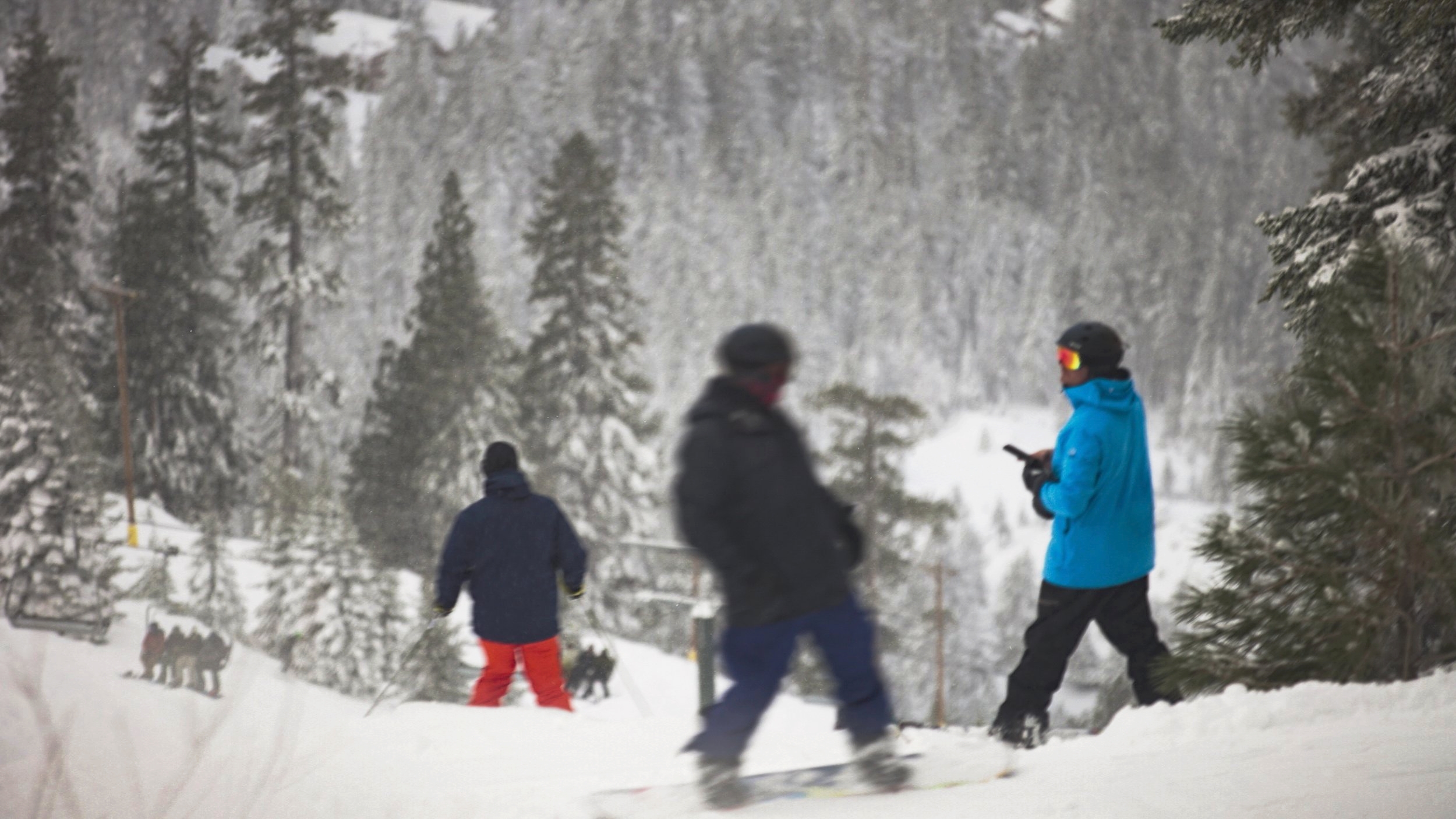
With all of this glorious snowfall in the American West, now is the perfect time to getaway and get out on the slopes. For first time skiers, knowing what to pack can be a tad stressful. No one wants to come off of the mountain with frostbite! Fear not, here’s a go to guide for what should be in your bag to stay toasty and safe.
1. So many socks: If you cannot find ski socks, or don’t want to shell out the cash for them, aim for socks that are warm but still sweat-wicking. A great option is to layer a sport sock underneath a “smart-wool” sock. Depending on your circulation, you may even want a pair of good running socks in between. Avoidcotton. Remember that wet=freezing, so look for packaging that promotes a “quick drying” or “stay dry” feature. Pack 2-3 pairs for every day you’ll be skiing or snowboarding.
2. Base Layers: Again, choose fabrics such as silk or merino wool that help wick sweat. Long sleeve running shirts with thumbholes are personal favorites. Layers that ride up are such a bummer. Plus, a shirt that ends up tucked into your glove means keeping stray snow off of your skin. For your bottom half, you can go for a fancy schmancy ski base pant, but it will cost you. Save your cash for the lift tickets by wearing high-waisted yoga leggings or cold weather running pants. The high rise will keep the waist of your snow pants of your tummy and help keep the warmth in. Pack a base top and bottom for everyday you will be in the snow.
3. T-Shirts: Throw a t-shirt on over your base top. Extra warmth for your core! One per day.
4. Fleece or Cold-Gear Pullover: Pack two if you’re going to be skiing for more than 3 days. Otherwise you’ll be fine with just one. This layer can easily be removed if the sun comes out and you get to warm.
5. The Heavy Duty Snow Gear: Water Resistant material is absolutely necessary in adverse weather conditions. If you’re new to snow sports, you’ll spend a good amount of time on your tush, so keep it dry. If you check out bargain stores like Nordstrom Rack, sometimes you can get lucky and find the really good brands for about $100 per piece. (Marmot, Burton, Spyder) REI is a great spot for grabbing Arcteryx gear, a worthwhile investment. The on-site shop at ski resorts may also have a wonderful clearance inventory.
For your coat, pick any other color that black, so that your friends can find you when you inevitably become a frosty goddess of the tundra and whiz away without them. A removable hood is ideal. A ski jacket doesn’t need to cost a fortune, it only needs to be warm and water resistant.
Although it isn’t recommended, renting your gear is an option. There are several business and online companies that will rent you gear, but you’re taking the chance that what they have will fit you well, and in most destinations just a jacket and snow pants rent for about $50-$100 a day.
6. Two Hats: Grab one that’s meant for outdoor sports in winter that is sweat-wicking and tight enough it can fit under your helmet. Wear a helmet.
Grab another that is fluffy, warm, and fun to throw on when you’re throwing back beers in the Après afterglow. (This hat may also be necessary if you decide to not wear a helmet-WEAR A HELMET- and your other one flies off your head.)
7. Balaclava: Keep your face warm. If you don’t live in an area with cold weather, these don’t really vary much in price, even at high end resorts. Go for one that has a high UPF. (Around $20)
8. Hydration System: Altitude is no joke, and dehydration triggers altitude sickness. Camelbak makes lightweight backpacks that you won’t even notice while you’re shredding the slopes. If you don’t fancy the idea, at least pack an eco-friendly bottle you can keep in your locker at the lodge. Make sure to hydrate often, and drink two glasses of water for every glass of alcohol that finds its way into your day.
9. Boot and Hand Warmers: Order in bulk online. You’ll need one for each appendage for every day you’re skiing.
10. Real Gloves: An investment in subzero gloves is worth every penny. Cold hands are miserable and can keep you from enjoying your run down the mountain.
11. Sunscreen and Chapstick: Bring a travel size SPF 50 or higher that you can put it an outer pocket for easy access. Snow reflects the sun…right. into your face. Reapply every few hours. Lypsyl is one of the best chapsticks on the market
There you go! The snow bunny basics. For extra credit, you can grab a pair of ski goggles to protect your peepers from the sun and the powder. Be safe, and WEAR A HELMET. Cheers to a snowy adventure, ladies!
